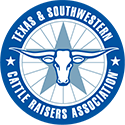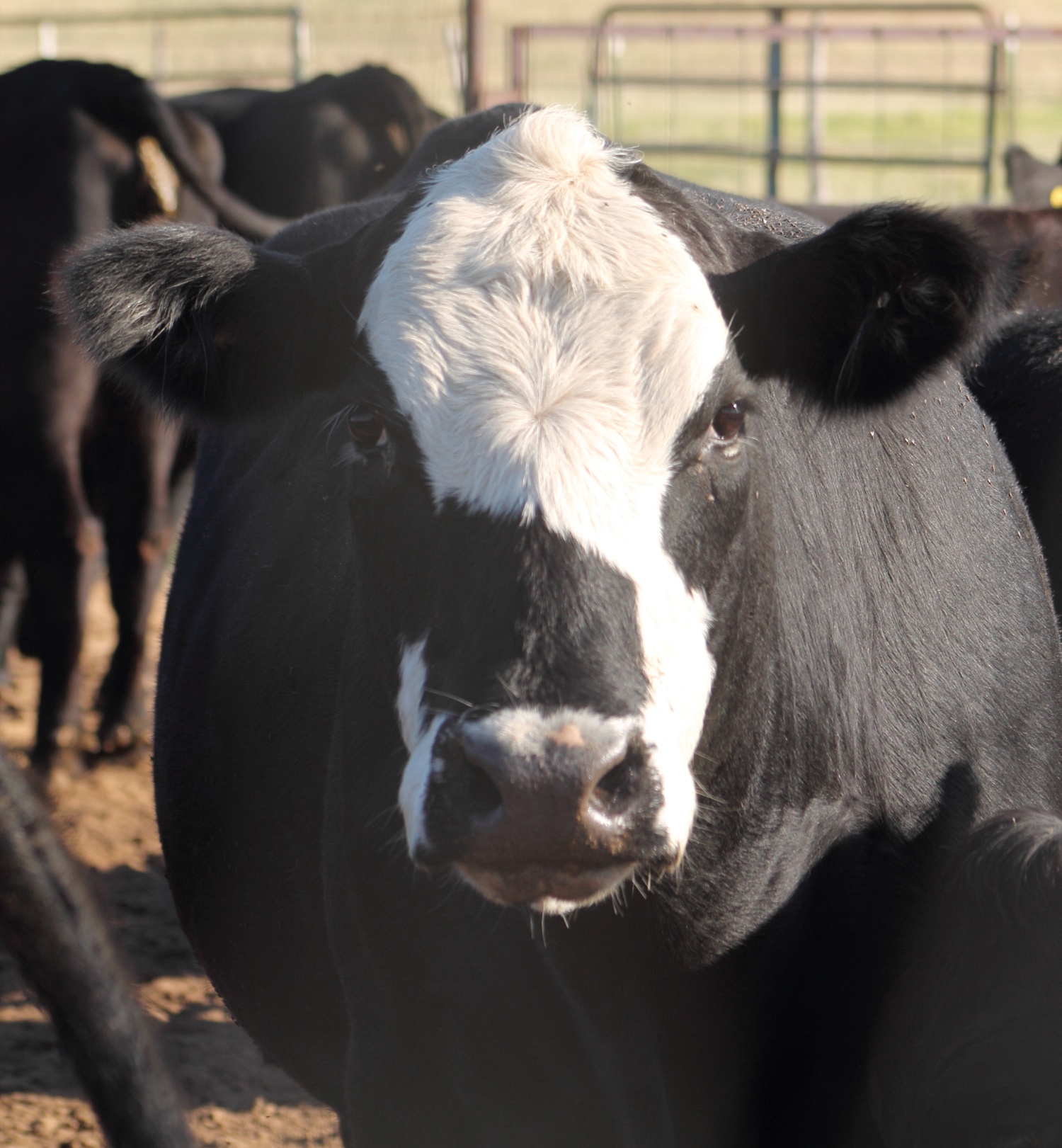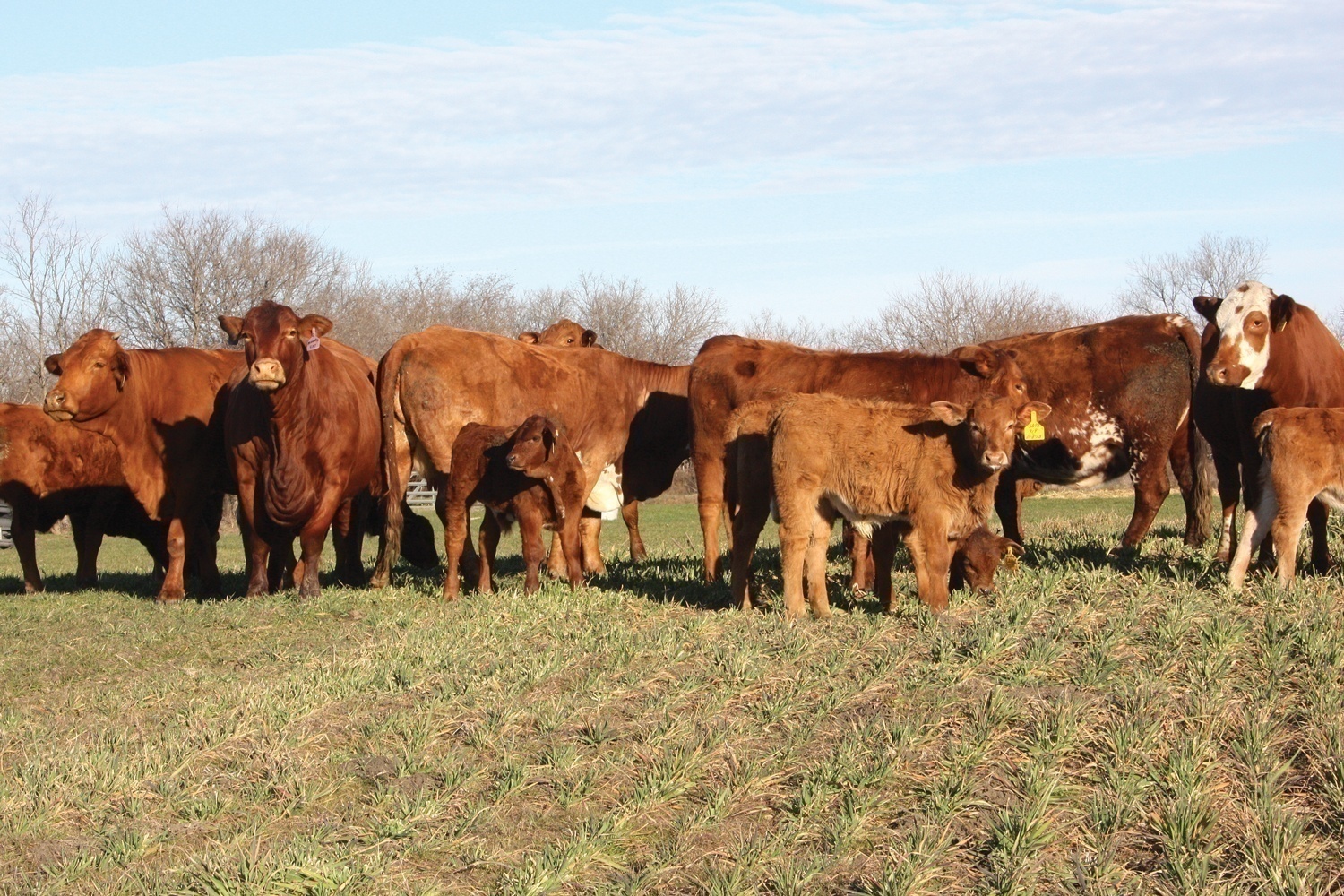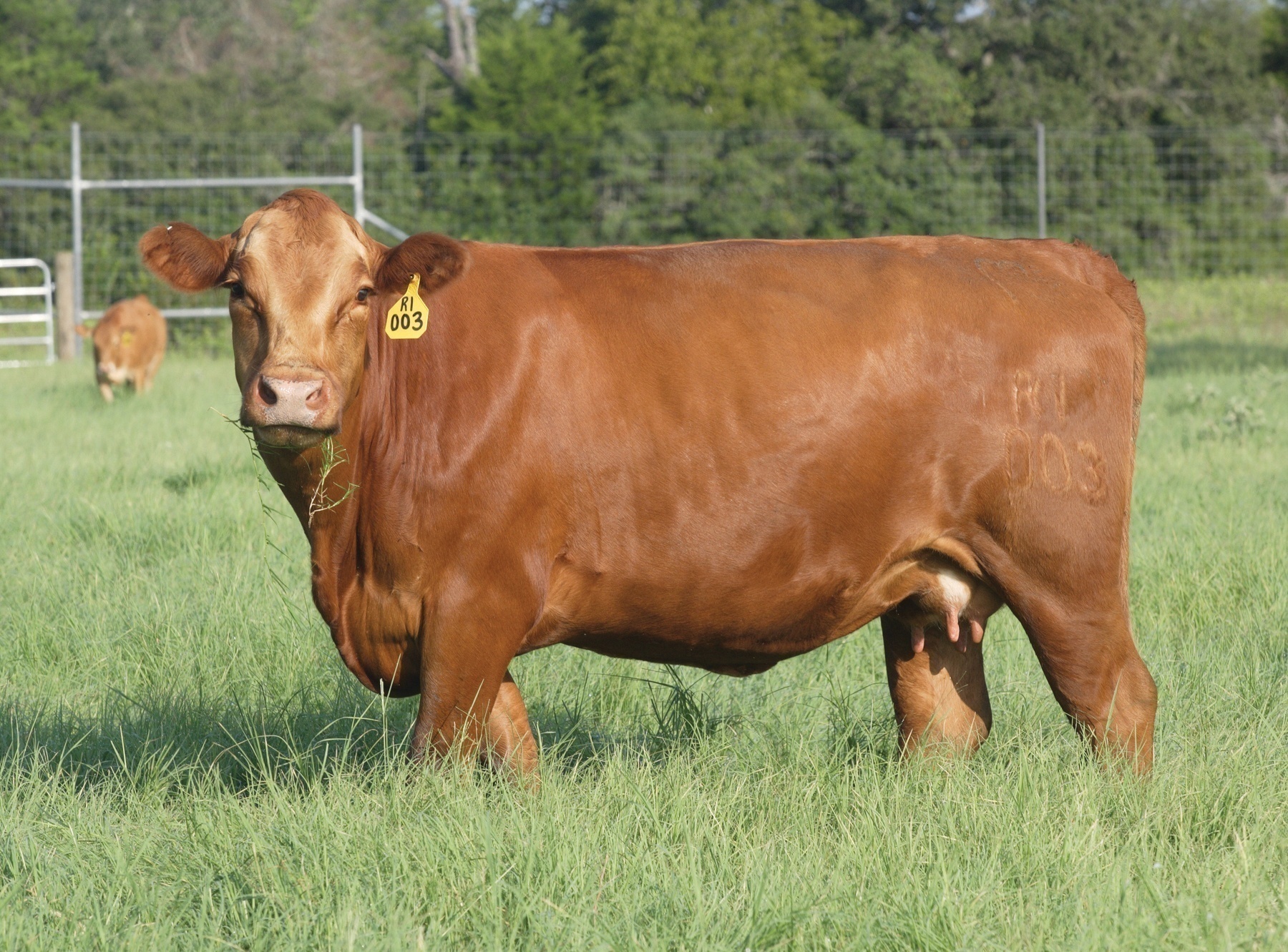Write a Job Description for Your Cows
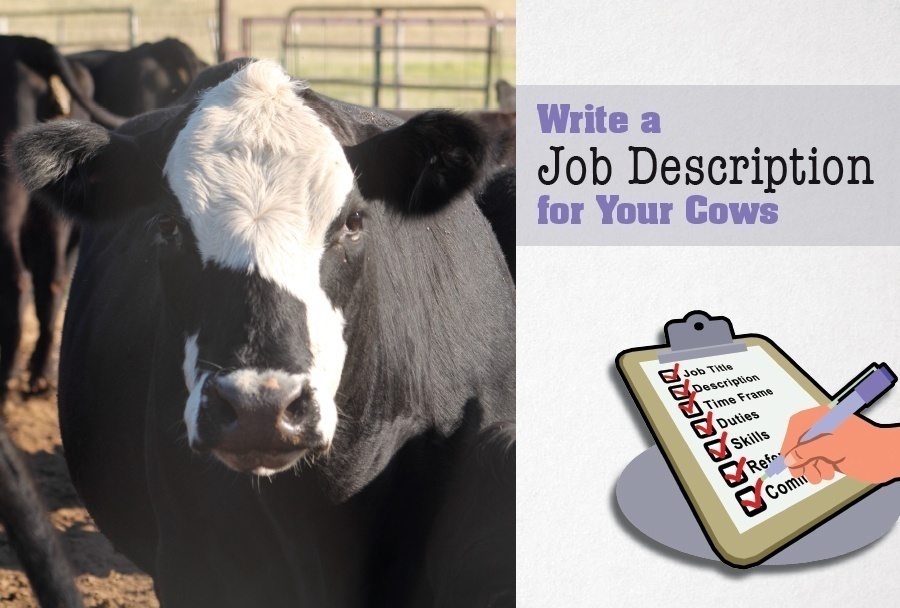
By Ellen H. Brisendine
Many members of Texas and Southwestern Cattle Raisers Association (TSCRA) are business owners or have jobs in town. Whether you are an employer or manager of staff, you know a good job description will help you recognize the right person for a job.
Dr. Frank Owsley, Tarleton State University, suggests that cattle owners apply that same “human resources” perspective to “cow resources.”
Develop a job description for the cows in your herd and then look for cows that fill the description.
Just like having the right human resources in place, the right cow for your ranch goals and resources will mean fewer headaches for you.
“If you actually think about the cow job description and put it in place,” Owsley says, “you’re going to have cows that do better. You’re not going to spend as many nights wondering about cows having calves or what you are going to feed the cows because you took that into consideration when you started putting your herd together.”
Owsley teaches this in his class at the university, and he will be teaching it at the School for Successful Ranching at the convention in Fort Worth in March.
Questions to help with the job description
“The ‘best cow in the world’ is rarely ever the best for you,” Owsley says. “I’m looking forward to leading this discussion at the School. This is not going to be a lecture. The attendees and I are going to discuss this concept of a job description for their cows and I hope to get people thinking about just exactly what are they looking for and what they can handle.”
Owsley offers several questions for herd owners to answer before buying a cow.
The answers to these questions will help you understand your own resources and capabilities and will help you develop that cow job description.
- Why are you in the business?
- What do you want to do?
- Are you looking to sell feeder calves?
- Are you looking to sell grass-fed cattle?
- What is the enterprise?
- What kind of country are you in?
- What kind of resources do you have?
- Is this going to be a one-person show, is it a family, is it a corporate entity?
- What financial resources are available?
- Are you going to buy the cows or try to raise them?
- What level of management do you bring to the herd — daily hands-on, frequent visits or annual roundups?
“There are a multitude of questions to ask yourself before you ever get started and before you will know what to expect from the cows you want to buy,” he says.
“It’s a matter of just looking at the time, land, water, labor and other resources you have to put into a herd. In a state like Texas, where the resources are probably more varied than anywhere else in the country, a rancher in the East Texas Piney Woods needs a completely different creature than a rancher in West Texas or the Panhandle.”
Owsley says that without a realistic idea of what you need, ranchers are very likely to buy their way into failure when they could, with some forethought and planning, buy their way into success.
“The first time I actually started writing a cow job description it was because I had a person in my office who was interested in getting into the cattle business. He was in a southeastern state, on the coast with sandy soil and not a whole lot of grass.
“He had picked a type of cow because he thought there was a freezer beef market for this particular breed that was native to the northern United Kingdom. I asked ‘Why?’ He said, ‘Well, that’s what I think my customers will want.’ He was just enamored with this breed. It didn’t go well for him,” Owsley recalls.
“There’s the old line that says, ‘You can’t put a square peg in a round hole.’ Most any rancher who has tried to fix something knows you can, in fact, put a square peg in a round hole if you beat it or heat it up enough. It’s just a whole lot easier to put a round peg in a round hole.
“If you’re getting started and thinking about this, why force the wrong cow to work when you can buy the right cow that will work?”
Basic job description for a cow
The job of a cow is to produce a calf. Regardless of land, forage, water, labor or financial resources, a cow has to have a calf every year, Owsley says. “How many years depends on your environment. In some places, you may expect a cow to produce for 8 to 10 years. In other places, she may be productive for 10 to 12 years.”
Should the cow calve alone or is assistance allowable? Owsley says your labor resources will determine that answer. “If you have a crew and if the calving pen is nearby, then assisted delivery is not going to necessarily be a big problem. But if you have a thousand cows on rangeland, then she’s pretty much going to have to have that calf by herself.”
If your business plan is to sell calves at weaning, what weight do you require the cow to wean? “You may need her to wean a calf at 300 pounds or at 700 pounds. Those are the inputs the rancher will make once they evaluate their resources.”
Question everything
Owsley suggests that ranchers question everything, even what their neighbors are doing.
“Just because your neighbor is doing one thing doesn’t mean it’s going to be right for you. The job description has to fit your needs and resources. I worked with a rancher who ran tiger-striped cows. He complained that his steer calves weren’t bringing much, but he was selling heifers at a premium.
“He realized that his market was selling replacement heifers. Once he determined that was his enterprise, he knew he could afford to lose a little bit on steers because he was making it up on heifers,” he says.
Even those established in ranching will find value in questioning buying decisions and ranch management decisions. Can something be done better or is something working just fine and appropriate for the times?
Owsley admits that it can be hard to make a decision and then stick with it when neighbors and others are going in different directions. But he hopes that at the School session he can help attendees start to ask themselves questions and then, based on the answers, decide what best fits them and their resources and stick with it. “I don’t want to say your life depends on it, but your livelihood is dependent on it,” he says.
“We’ll talk about all of these questions in a lighthearted manner but realistically, this is a serious decision,” Owsley says.
“The discussion we will have at the School for Successful Ranching is going to be a good time to reflect on what’s going on at your ranch and what you want to accomplish. Once you know that, you’ll have the job description for your cattle and you’ll recognize the right kind of cattle to succeed where you need them.”
